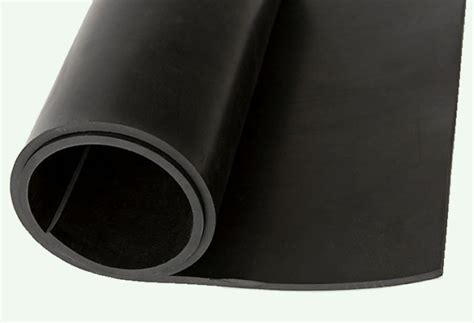Did you know that there are many different kinds of rubber? The most common are latex and India rubber, although it is also made in other countries such as Malaysia and Indonesia. It is made of polymers of isoprene, with minor impurities of other organic compounds. However, there are some fascinating facts about this material that will surprise you. Here are just a few of the most interesting facts about rubber.
Rubber comes from a tree called Hevea Brasiliensis, which is native to the Amazon. They are also found in other low-lying areas in Asia and Africa. Explorers brought the seed of this tree to Europe, where they were later grown and used in the production of various products. This plant is part of the Euphorbiaceae family. Its white sap is a common ingredient in soap and other products. The name “rubber” was first given in the 1770s when Joseph Priestly discovered that it could be used to remove pencil marks.

The process that hardens rubber is known as vulcanization, and is named after the Roman god Vulcan. Rubber has a long history and is found in many different forms and applications. Even if you don’t use rubber in your daily life, you can appreciate its many uses. For more information on Rubber Moulding UK, visit www.meadex.co.uk/rubber-moulding
Aside from being a common material, rubber is also an important crop. It is an essential component in the manufacture of rubber-based products, including shoes and bicycles. The tree that produces natural rubber is the Hevea Brasiliensis tree. It takes six years to produce a single pound of the material. The sap is very valuable, and it can be used in a variety of applications. During the Cold War, it was the main source of rubber in the world. In the modern era, rubber was primarily used to protect ships.

Natural latex is white and milky in colour. It is classified as a polymer, which is a substance with large molecules. It bounces back to its original shape after being stretched, making it elastic and stretchy. Synthetic rubber is made in a manufacturing plant or laboratory and has a vast range of applications.
While synthetic rubber can mimic many of the characteristics of natural rubber, it cannot be produced with the same consistency. It is made from petroleum products, and is not as elastic and durable as natural. For this reason, it is best for tyres and other products requiring extreme temperature and oil resistance. In general, synthetic rubber is less expensive than natural rubber, but it is less durable.



